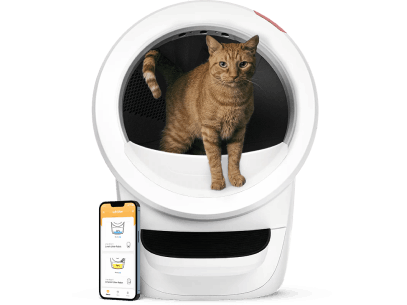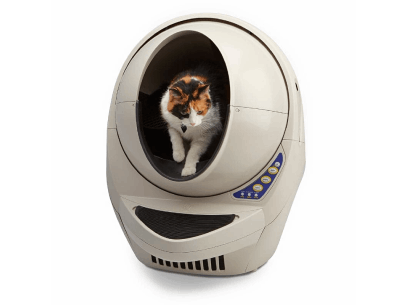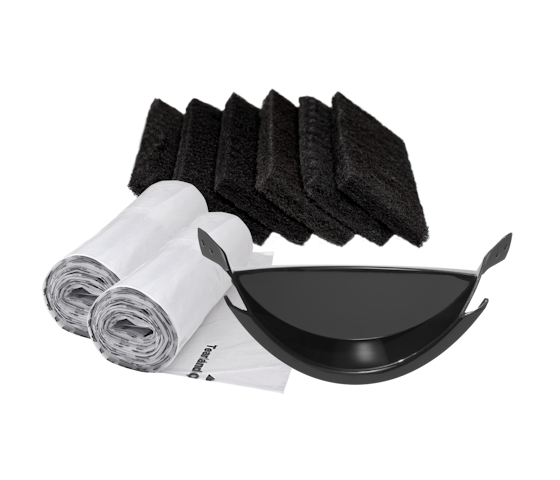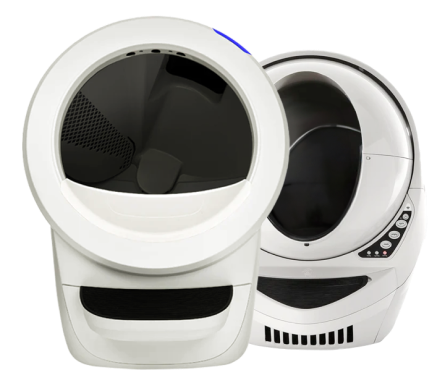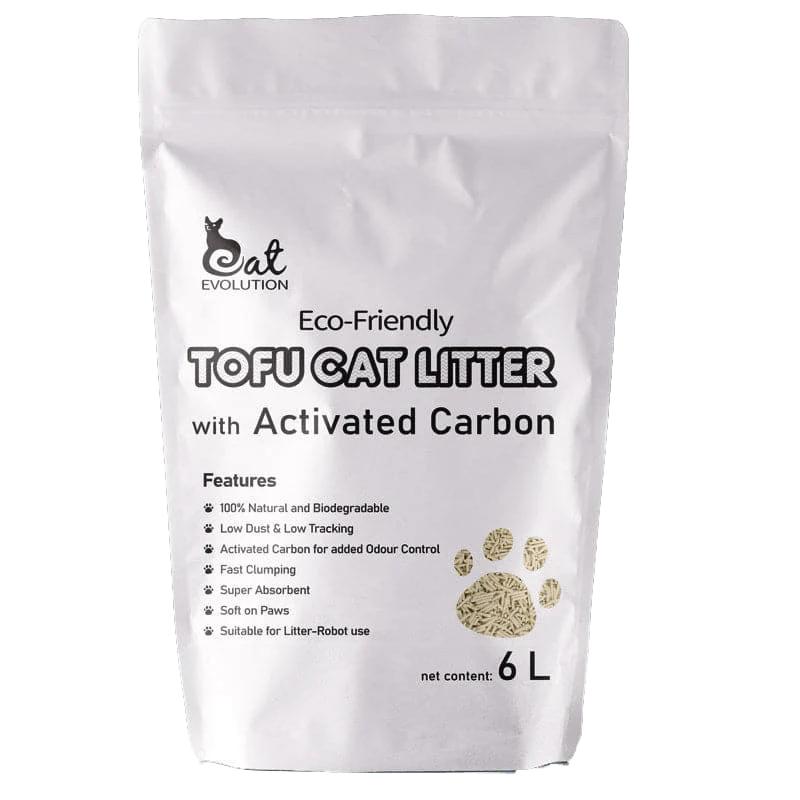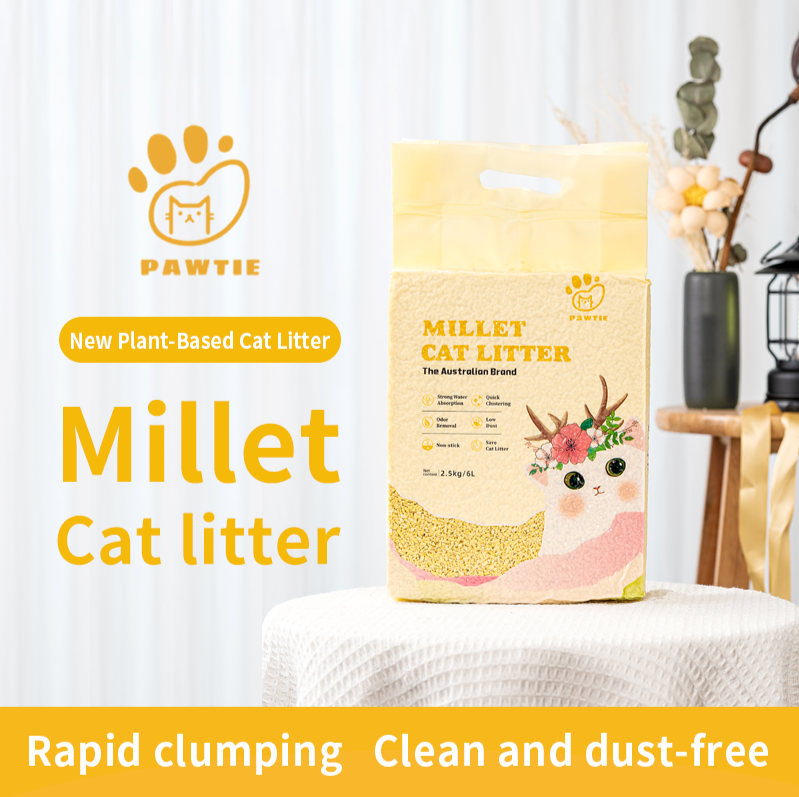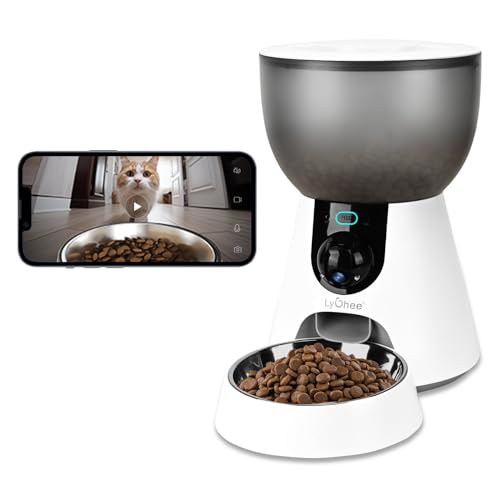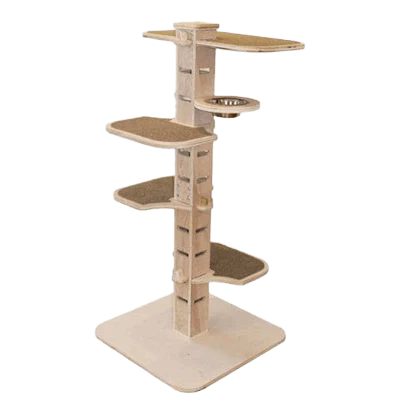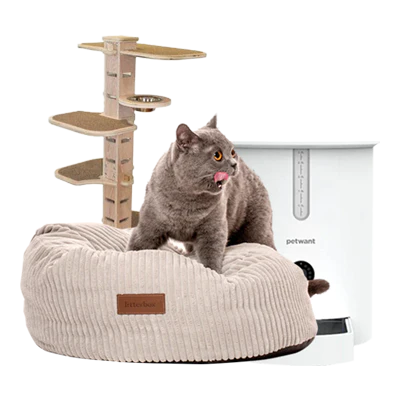Eco cat litter refers to a new generation of environmentally conscious, plant-based alternatives to conventional clay or synthetic litters. These products are crafted from renewable, biodegradable ingredients, helping reduce landfill waste, conserve natural resources, and maintain reliable everyday performance.
Typically made from agricultural by-products like soybean, bamboo, pea fibre, or reclaimed wood, eco-friendly litter options offer high absorbency and natural odour control. They’re lightweight, low in dust, and gentle on sensitive paws. Unlike many traditional litters, eco (ecologically sustainable) varieties break down naturally over time — aligning with sustainable living goals without sacrificing usability.
In this guide, we’ll explore the benefits of switching to plant-based cat litter, what sets eco-conscious formulations apart, and how they compare with other natural litter types like paper pellets, wood-based, corn, or walnut alternatives
What Sets Eco Cat Litter Apart?
Ecological cat litters are composed entirely of plant-based materials that are responsibly sourced and biodegradable. Common ingredients include soybean hulls, bamboo fibres, and reclaimed wood, often enhanced with natural starches for clumping and coconut-shell activated carbon for odour control.
Rather than relying on mined clay or synthetic binders, eco litter repurposes fast-renewing or waste materials — lowering dependence on finite resources. Many formulas are free from artificial fragrances and unnecessary chemicals, offering a cleaner, more natural option for households and the environment alike.

Sustainability at Its Core
Eco-conscious litters typically feature:
-
Plant-based and compostable
-
Sourced from agricultural by-products (e.g. soybean, pea, bamboo)
-
No artificial fragrances, binders or plastics
-
Low water and energy use in production
Lifecycle assessments suggest that using these materials can cut emissions and reduce environmental waste by up to 30–40% compared to clay-based alternatives. That translates to less landfill, lower resource consumption, and a reduced carbon footprint per scoop.
Odour Control Without Chemicals
Many eco cat litters use a layered approach to manage odours:
-
Coconut-shell activated carbon binds and neutralises ammonia
-
Natural starches support rapid clumping
-
Walnut shell or bamboo fibres enhance absorption and texture
This results in a drier, fresher-smelling tray, without needing artificial scents or masking agents. It’s an ideal solution for fragrance-sensitive households or those seeking a more natural indoor environment.
Gentle on Paws, Low on Dust
With a soft, plant-based texture and low-dust formulation, eco cat litters reduce mess around the tray and minimize airborne particles. Their finely milled structure is also gentle underfoot, which can help encourage consistent use and reduce tracking throughout the home.
Compared to coarse or gritty litters, the smooth texture is generally better tolerated by kittens, seniors, and finicky felines alike.
Eco Cat Litter vs. Other Natural Alternatives
Paper Pellets Great for low dust
Great for low dust Less clumping, lower absorbency
Less clumping, lower absorbency
Eco Advantage: Balances dust control with better moisture lock and clumping.
Wood-Based Litters Renewable and biodegradable
Renewable and biodegradable Inconsistent odour control
Inconsistent odour control
Eco Advantage: Often combines reclaimed wood with starches for more reliable performance.
Corn or Wheat-Based Litters Biodegradable and soft
Biodegradable and soft May degrade or mould in humid climates
May degrade or mould in humid climates
Eco Advantage: Broader ingredient mix resists moisture and enhances clumping.
Walnut Shell Litters Excellent odour absorption
Excellent odour absorption Can be coarse or expensive
Can be coarse or expensive
Eco Advantage: Some blends integrate walnut shell for odour control but offset coarseness with softer plant fibres.

Transitioning to Eco-Friendly Litter
Switching to an eco-friendly option is easy with a phased approach:
-
Start with 25% eco cat litter mixed with 75% of your current type
-
Increase to a 50/50 blend after several days
-
Transition fully to the eco option over 1–2 weeks
Keep the litter box clean and consistent to help your cat adjust. Most cats adapt quickly thanks to the natural feel and scent of eco-friendly materials.
Daily Use & Maintenance Tips
To get the best results from eco cat litter:
-
Use 3–4 inches of litter to promote clumping
-
Scoop daily to maintain freshness
-
Top up regularly and change fully as needed
-
Store litter in a dry place to maintain absorbency
Eco cat litters are typically compatible with standard trays, liners, and many automatic litter boxes — though performance may vary depending on moisture and clump strength.
Disposal Considerations
Eco cat litters are biodegradable and compostable under the right conditions:
-
Home compost: Only in dedicated pet-waste compost systems (not for edible plants)
-
Green waste bin: Where permitted by your local council
-
Biodegradable bags: Can be used for disposal if composting isn’t an option
Always check your local waste guidelines before composting or disposing of litter.
Final Thoughts
Ecologically (Eco) friendly cat litter isn’t just a trend — it’s a smarter, more sustainable choice for cat owners who care about reducing environmental impact. By using renewable materials and avoiding harsh chemicals, eco cat litters offer effective odour control, natural clumping, and a more paw-friendly experience.
Whether you’re a committed environmentalist or just looking to reduce household waste, eco-friendly cat litter options provide an excellent balance between sustainability and everyday convenience — without compromising on cleanliness or your cat’s comfort.
Frequently Asked Questions
Eco is crafted from renewable, plant-based materials such as soybean hulls, bamboo fibres, pea starch, and reclaimed wood – all biodegradable and compostable.
Yes, Eco contains no synthetic perfumes, dyes, or chemical additives. It’s low in dust, gentle on paws, and compostable under the right conditions.
Absolutely. It uses activated carbon from coconut shells and natural clumping starches to lock in moisture and neutralise odours without artificial fragrance.

